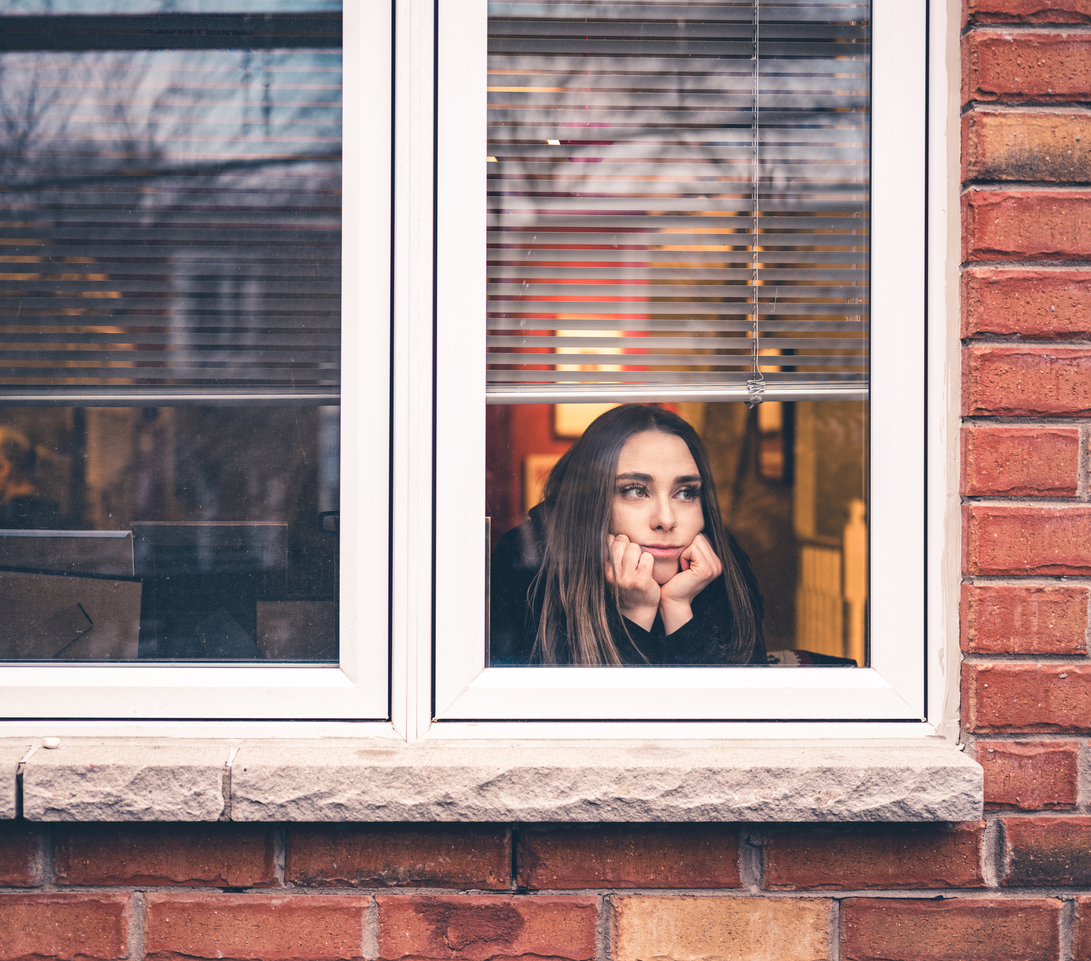To see which precautions we could skip, read on, and to see what the future of COVID looks like, check out The Moderna CEO Just Made This Scary Prediction About COVID. Read the original article on Best Life. For the study, which was published in the Wiley Online Library on Jan. 5, researchers examined COVID case growth across 10 countries to determine how beneficial various precautionary measures proved to be, specifically looking at more restrictive measures like lockdowns and business closures. Researchers compared COVID cases in England, France, Germany, Iran, Italy, Netherlands, Spain, and the U.S.—all of which instituted mandatory stay-at-home orders and business closures—to South Korea and Sweden, which only implemented voluntary personal precautions. And to see if you’re at risk for COVID now, check out The CDC Says If You’re This Age, You’re Now More Likely to Catch COVID. After comparing the countries with more restrictive measures to those with less restrictive measures, it was clear to the researchers that there is “no clear, significant beneficial effect of [more restrictive measures] on case growth in any country.” Their findings suggest that mandatory lockdowns don’t significantly stop the spread more than personal measures like social distancing and mask-wearing. “We do not question the role of all public health interventions, or of coordinated communications about the epidemic, but we fail to find an additional benefit of stay-at-home orders and business closures,” the authors concluded. And for more up-to-date COVID news delivered straight to your inbox, sign up for our daily newsletter. Sweden’s approach included “social distancing guidelines, discouraging of international and domestic travel, and a ban on large gatherings,” while South Korea “relied on intensive investments in testing, contact tracing, and isolation of infected cases and close contacts,” according to the Stanford research. Even without more restrictive measures, both Sweden and South Korea had some of the lowest reported COVID cases for much of the pandemic.ae0fcc31ae342fd3a1346ebb1f342fcb As a result, the researchers concluded that “similar reductions in case growth may be achievable with less restrictive interventions” similar to those implemented by these two countries. To see the CDC’s most recent update about the vaccine, check out The CDC Just Gave a Shocking COVID Vaccine Update. A study published in the journal Indoor Air in October looked at 318 outbreaks in China in which three or more cases were identified. The researchers divided the outbreaks into six categories: homes, transport, food, entertainment, shopping, and other—and they found people were 19 times more likely to get the virus at home. Similarly, research out of the University of North Carolina Chapel Hill determined that your home is the most common place for COVID-19 transmission. That’s likely why the Stanford researchers noted that “it is possible that stay-at-home orders may facilitate transmission if they increase person-to-person contact where transmission is efficient such as closed spaces.” They cited a November study published in the journal Science that identified an increase in transmissions and cases during a stay-at-home order in Hunan, China, due to intra-household transmission. And to see what you could do to prevent the spread of COVID, check out These 3 Things Could Prevent Almost All COVID Cases, Study Finds.



